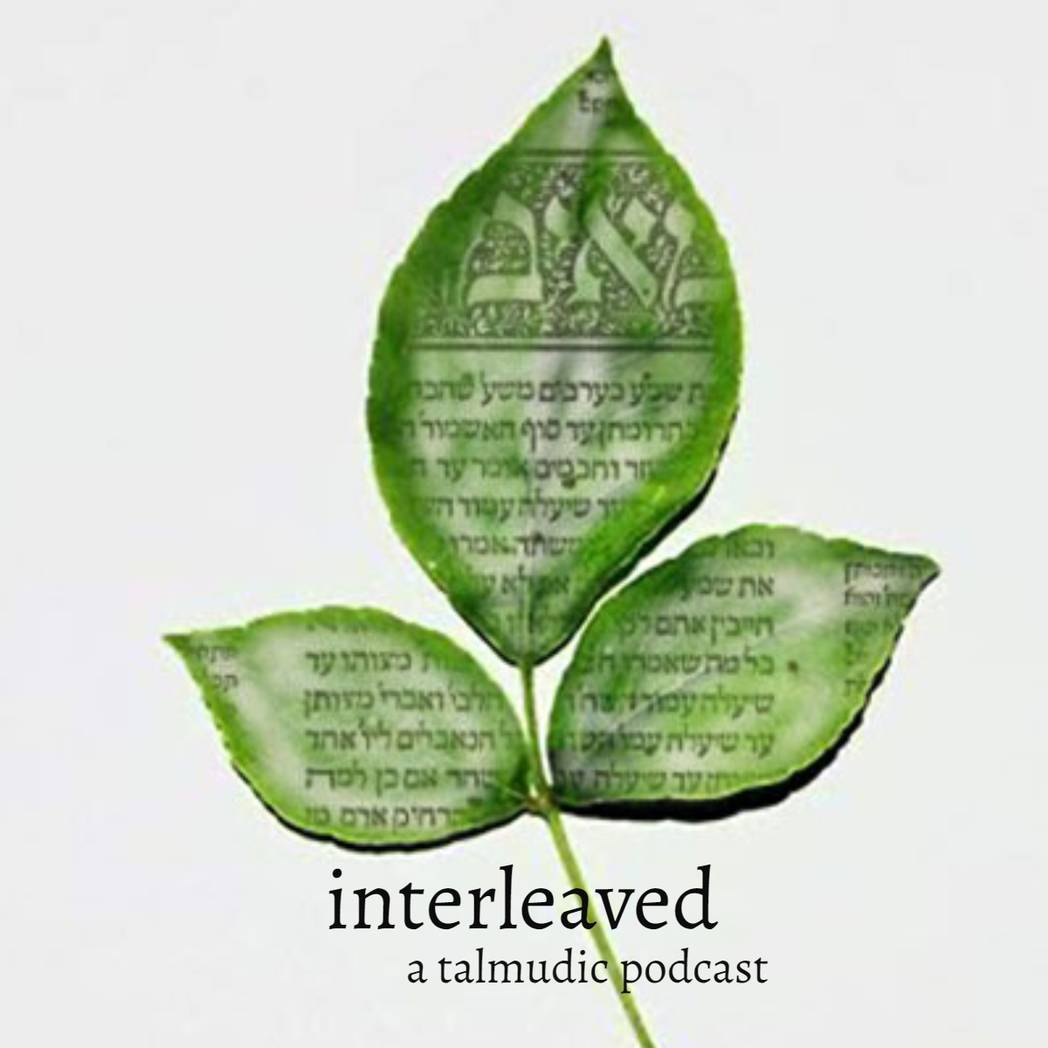" Reconsidering the Rabbinic Ketubah Payment"
Michael Satlow
Michael L. Satlow
Marriage today might be a highly contested topic, but certainly no more than it was in antiquity. Ancient Jews, like their non-Jewish neighbors, grappled with what have become perennial issues of marriage, from its idealistic definitions to its many practical forms to questions of who should or should not wed. In this book, Michael Satlow offers the first in-depth synthetic study of Jewish marriage in antiquity, from ca. 500 B.C.E. to 614 C.E. Placing Jewish marriage in its cultural milieu, Satlow investigates whether there was anything essentially “Jewish” about the institution as it was discussed and practiced. Moreover, he considers the social and economic aspects of marriage as both a personal relationship and a religious bond, and explores how the Jews of antiquity negotiated the gap between marital realities and their ideals.
Focusing on the various experiences of Jews throughout the Mediterranean basin and in Babylonia, Satlow argues that different communities, even rabbinic ones, constructed their own “Jewish” marriage: they read their received traditions and rituals through the lens of a basic understanding of marriage that they shared with their non-Jewish neighbors. He also maintains that Jews idealized marriage in a way that responded to the ideals of their respective societies, mediating between such values as honor and the far messier realities of marital life. Employing Jewish and non-Jewish literary texts, papyri, inscriptions, and material artifacts, Satlow paints a vibrant portrait of ancient Judaism while sharpening and clarifying present discussions on modern marriage for Jews and non-Jews alike.
(א) בראשונה כשהיתה כתובתה אצל אביה היתה קלה בעיניו להוציאה התקין שמעון בן שטח שתהא כתובתה אצל בעלה וכותב לה כל נכסים דאית לי אחראין וערבאין לכתובתיך דא. אין עושין כתובת אשה מן המטלטלין מפני תיקון העולם אמר ר' יוסי וכי מה תקון העולם יש בזו אלא לפי שאין לה קצבה.
(1) Originally, when her ketubah was with her father, it was light in [her husband's] eyes to divorce her. Shimon ben Shatah decreed that her ketubah should be with her husband and that he should write for her "All of my property will be mortgaged or pledged for your ketubah". They do not make a wife's ketubah from moveable items [i.e. they don't make moveable items the thing that she can collect from it, but rather real estate] because of tikkun ha-olam. Said Rabbi Yose: What tikkun ha-olam is there in this!? It is because they [the moveable items] have no fixed value.
The Babatha Archive, 93-132 CE
Creating Judaism: History, Tradition, Practice
Michael Satlow
How can we define "Judaism," and what are the common threads uniting ancient rabbis, Maimonides, the authors of the Zohar, and modern secular Jews in Israel? Michael L. Satlow offers a fresh perspective on Judaism that recognizes both its similarities and its immense diversity. Presenting snapshots of Judaism from around the globe and throughout history, Satlow explores the links between vastly different communities and their Jewish traditions. He studies the geonim, rabbinical scholars who lived in Iraq from the ninth to twelfth centuries; the intellectual flourishing of Jews in medieval Spain; how the Hasidim of nineteenth-century Eastern Europe confronted modernity; and the post-World War II development of distinct American and Israeli Jewish identities. Satlow pays close attention to how communities define themselves, their relationship to biblical and rabbinic texts, and their ritual practices. His fascinating portraits reveal the amazingly creative ways Jews have adapted over time to social and political challenges and continue to remain a "Jewish family."




